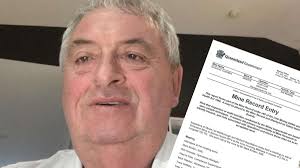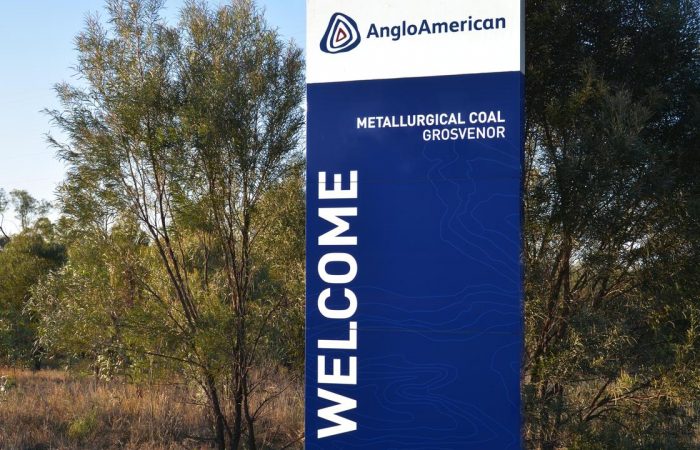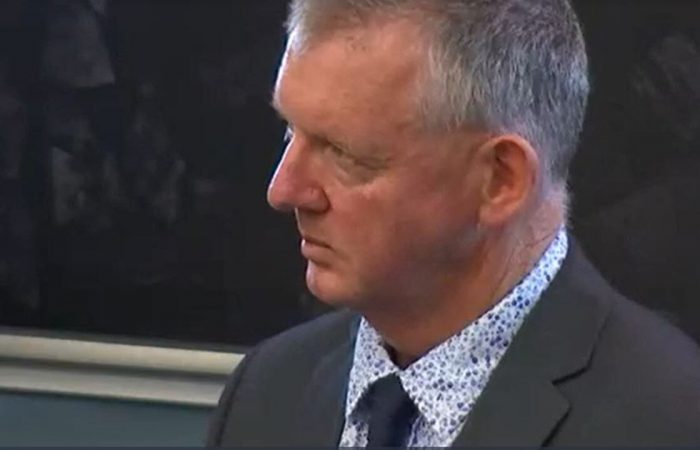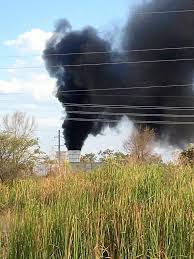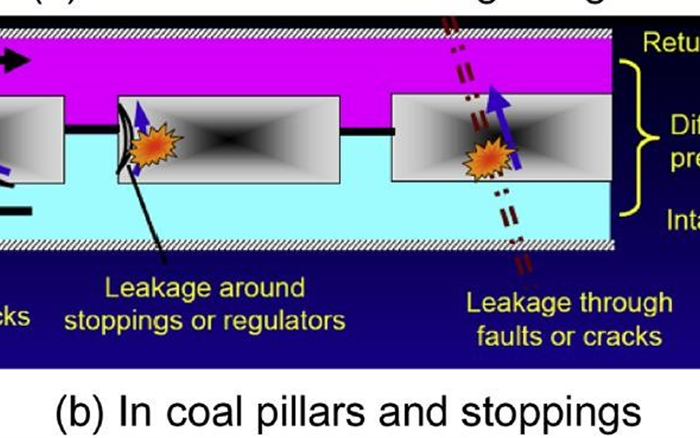It was also acknowledged that continued HPl’s with Methane greater than 2.5% was not satisfactory and the mine must ensure that such HPl’s are minimised, and preferably eliminated going forward. OR WHAT?
This is the concluding paragraph of the Inspectors MRE from the 19th of May 2018. It was also acknowledged that continued HPl's with Methane greater than 2.5% was not satisfactory…
